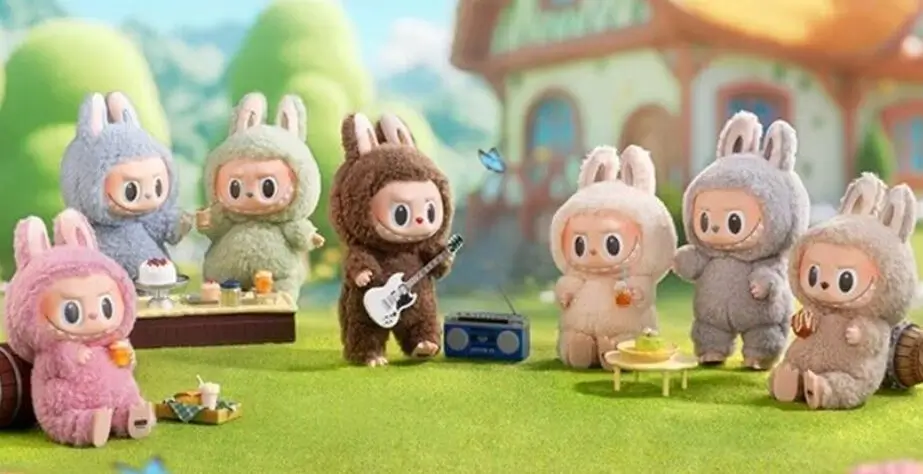Who Created Labubus and Why?
Labubus are mischievous, elf-like plush toys that originated from the creative mind of Hong Kong artist Kasing Lung. Lung grew up on Nordic fairy tales, and his storybook character “Labubu,” a kindhearted elf prone to chaotic adventures, first appeared in his illustrated book series “The Monsters” in 2014. Labubu’s global stardom began when Lung collaborated with the Chinese company Pop Mart in 2019, transforming his imaginative creatures into collectible figurines and plushies for a broader audience.
Pop Mart, known for tapping into the surging market for “kidult” collectibles, saw potential in Labubu’s unique, not-too-cute, not-too-scary design and mystery “blind box” packaging. The result: instant cultural phenomenon and vast sales success.
Theories Behind Labubus’ Popularity
Several factors underpin why Labubus are now the world’s most sought-after toy:
Scarcity and Surprise: Each release sells out in minutes, and the toys mostly come in blind boxes — buyers do not know which version they’ll get, fueling both hype and a trading culture.
Celebrity Endorsements: Global stars such as Lisa of Blackpink, Rihanna, and Dua Lipa have showcased Labubu dolls, igniting further craze.
Nostalgia & Exclusivity: Psychologists and toy critics compare Labubu’s appeal to previous fads like Furbys and Beanie Babies. The sense of chasing (and bragging about) a rare find generates community, nostalgia, and status.
Divisive Design: Experts note the polarizing look—love it or hate it—only amps up desire and visibility, making them more desirable to certain collectors.
Price, Availability, and Copycats
Labubu dolls are officially sold by Pop Mart at around $30 each, but limited editions and sold-out versions surge in price on resale platforms—sometimes reaching $150,000 at auction!Their availability is intentionally limited, with new drops vanishing online and in-store within minutes and long lines forming at pop-ups worldwide.
The explosive demand has encouraged a wave of counterfeit Labubu dolls, with authorities reporting over 70,000 seized counterfeits in China alone. Analysts also warn of “copycat” toys mimicking Labubu’s formula, though none have matched the original’s viral magic.
Labubus, with their odd charm, community spirit, and air of mystery, have redefined toy trends in an age where delight, nostalgia, and scarcity collide.


